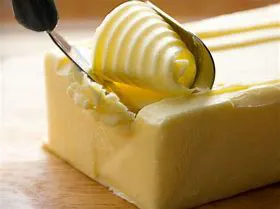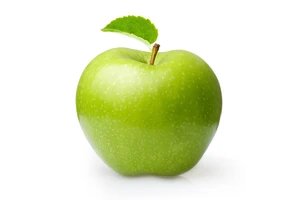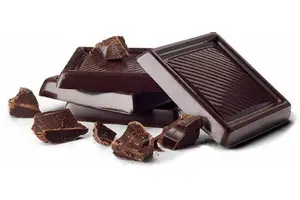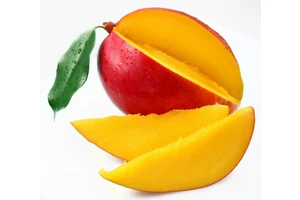"Milk Butter Flavour" refers to a food flavoring that mimics the taste of dairy, specifically the rich, creamy, and sometimes tangy notes found in butter and milk. It's commonly used in commercial food production to add depth to a variety of products like baked goods, pastries, and sauces, enhancing both sweet and savory flavor profiles. This flavoring can come in different forms, such as water-soluble or oil-soluble liquids, designed to be stable during cooking and to prevent the flavor from fading.
What it is:
A synthetic flavor:
Often created to replicate the distinct taste of butter and milk for various food applications.
Mimics different butter types:
It can be formulated to taste like churned, toasted, or even cultured butter, which has a more complex, savory, and tangy profile.
Enhances culinary dishes:
Used by manufacturers to add richness, depth, and mouthfeel to foods where the natural flavor of butter might be lost during processing or high-heat cooking.
How it's used:
In baked goods:
Adds flavor to cakes, cookies, pastries, and other items, holding its taste even after baking.
In sauces and dips:
Provides a rich, buttery finish to sauces, creamy dips, and other prepared foods.
For beverages and sweets:
Can be incorporated into drinks, candies, ice cream, and chewing gum to deliver a consistent dairy flavor.
Key characteristics:
Solubility:
Can be water-soluble or oil-soluble, allowing it to be used in various food bases.
Flavor profile:
The specific flavor can range from sweet and milky to tangy and savory, depending on the type of butter or milk it's intended to replicate.
Concentrated form:
Often available in a concentrated form for cost-effectiveness, requiring only a small amount to achieve the desired flavor.






